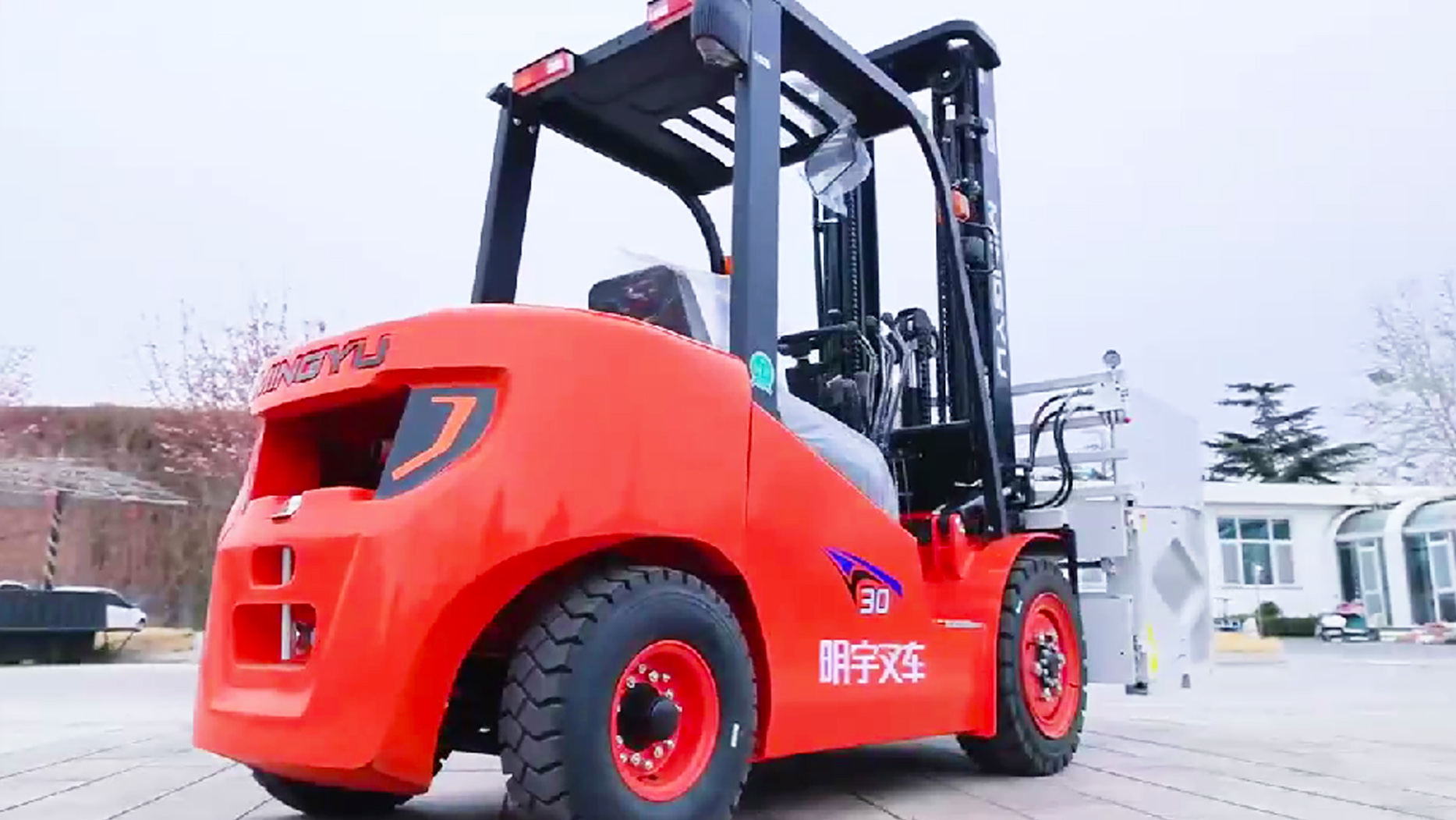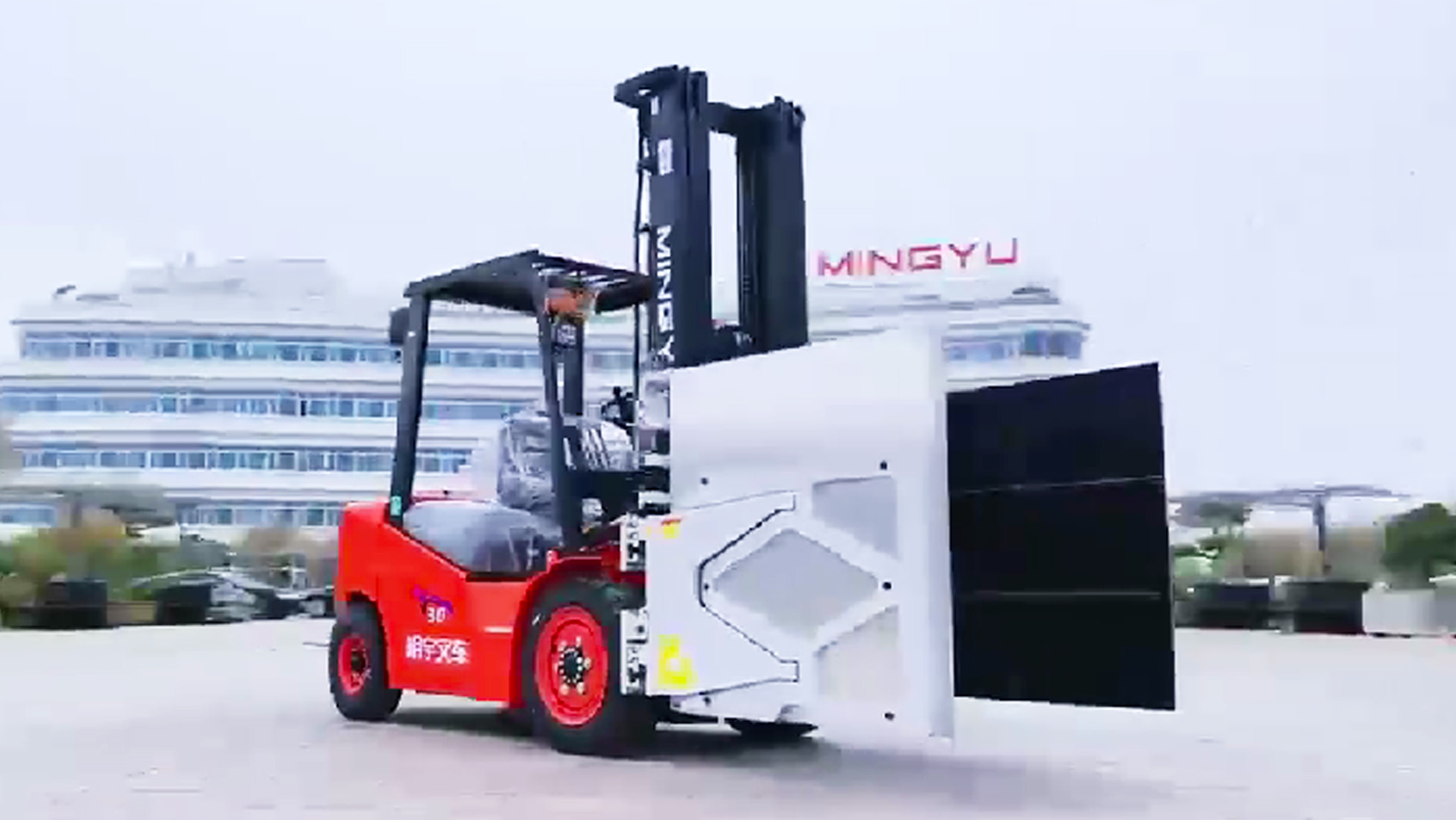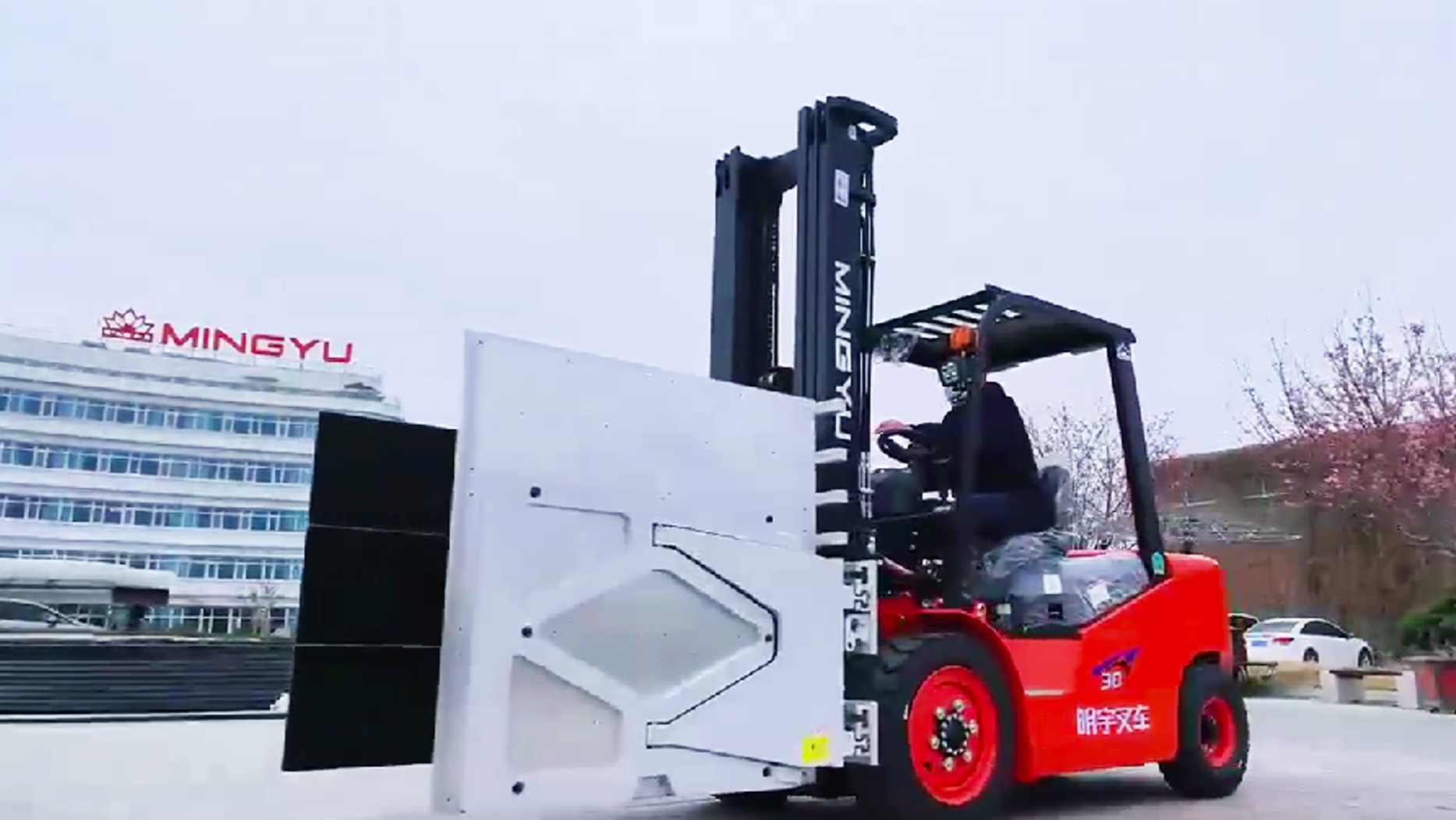1. Introduction
Diesel forklifts remain indispensable workhorses across industries, from bustling warehouses to rugged construction sites. While these powerful machines excel at lifting heavy loads, one question often arises among operators and facility managers: just how fast can they go? Understanding forklift speed capabilities isn't just about satisfying curiosity - it's crucial for balancing productivity with workplace safety.
The average diesel forklift typically travels between 8-12 mph when unloaded, but this speed drops significantly when carrying heavy materials. These limits aren't arbitrary; they're carefully engineered to account for stability, load capacity, and operational safety. In this comprehensive guide, we'll examine the technical specifications that govern forklift speed, explore how different work environments affect performance, and explain why "faster" isn't always "better" when it comes to material handling equipment.
2. Standard Speed Range for Diesel Forklifts
Diesel forklifts are designed with specific speed ranges that prioritize safety and stability over raw velocity. Most standard models fall into these categories:
Unloaded speeds typically range from 8-12 mph (13-19 km/h) for warehouse and industrial models. For example, the popular Toyota 8FGCU25 reaches about 11 mph when not carrying a load. Heavy-duty outdoor models like the Hyster H2.5XT can achieve slightly higher speeds up to 15 mph on open terrain.
Loaded speeds decrease substantially to 3-7 mph (5-11 km/h) depending on weight capacity. This reduction isn't due to engine limitations but rather crucial stability considerations. A fully loaded 10,000 lb capacity forklift might operate at just 4-5 mph to maintain safe operation.
3. Factors Affecting Forklift Speed
Several key factors influence how fast a diesel forklift can safely operate:
Engine power and torque characteristics play a significant role, though it's important to note that forklift engines are optimized for lifting power rather than speed. A 100 HP engine won't necessarily make a forklift faster than a 75 HP model if both are governed to the same maximum speed.
Load capacity dramatically affects operational speed. The heavier the load, the slower the forklift must travel to maintain stability. This is particularly crucial when lifting loads to higher elevations, where the center of gravity shifts significantly.
Terrain type creates substantial speed variations. Smooth warehouse floors allow for faster travel than rough construction sites or outdoor yards with uneven surfaces. Pneumatic tires (common outdoors) typically permit slightly higher speeds than cushion tires (used indoors).
4. Safety Regulations & Speed Limits
Forklift speed isn't just a manufacturer specification - it's heavily regulated for workplace safety:
OSHA standards (29 CFR 1910.178) require that forklifts operate at speeds safe for their specific conditions, though they don't specify exact numerical limits. The general rule is that speed should allow the operator to stop safely at all times.
ANSI/ITSDF B56.1 standards provide more specific guidance, recommending that forklifts not exceed speeds that would risk tip-overs or loss of load control. Most manufacturers build these guidelines into their speed governors.
Company policies often impose even stricter limits, typically capping speeds at 5-8 mph in warehouse environments regardless of the forklift's technical capabilities. These limits account for pedestrian traffic, tight aisles, and other site-specific hazards.
5. Can You Modify a Forklift to Go Faster?
While it's technically possible to modify a forklift for higher speeds, this practice comes with significant risks:
Tampering with speed governors or engine controls voids manufacturer warranties and may violate OSHA regulations. Even if a forklift can physically go faster, its structural design and braking systems are engineered for specific speed ranges.
Stability becomes compromised at higher speeds, especially when turning or operating on inclines. The forklift's center of gravity - already high due to the mast design - makes it particularly susceptible to tipping when moving too fast.
Legal liability increases dramatically if an accident occurs with a modified forklift. Companies can face severe penalties, and operators may be personally liable for injuries or damages.
6. High-Speed Diesel Forklifts: When Are They Needed?
Some specialized applications do benefit from higher-speed forklifts:
Large outdoor operations like lumber yards, ports, and distribution centers often use high-speed models capable of 12-15 mph. These environments typically have long travel distances between loading areas and fewer obstacles.
Specialized models like the Combilift C-Series are designed specifically for these applications, featuring enhanced stability systems, larger wheels, and reinforced frames to handle higher speeds safely.
7. Speed vs. Productivity: Finding the Balance
Increasing forklift speed doesn't always translate to better productivity:
Safety trade-offs mean that even small speed increases can dramatically raise accident risks. A forklift traveling at 10 mph takes nearly twice as long to stop as one moving at 7 mph.
Fuel efficiency decreases at higher speeds, often offsetting any time savings with increased operating costs.
More effective productivity gains often come from optimizing workflows - better route planning, organized storage systems, and proper maintenance often yield greater efficiency improvements than pushing speed limits.
8. Conclusion
Diesel forklifts are carefully engineered to operate within specific speed ranges that prioritize safety and stability over raw speed. While technical capabilities typically range from 8-12 mph unloaded, real-world operation usually sees speeds between 3-8 mph depending on load and environment. Rather than focusing solely on speed, operations achieve the best results by selecting the right forklift for their specific needs, maintaining equipment properly, and training operators thoroughly. For specialized high-speed applications, purpose-built models offer safe solutions without compromising on workplace safety standards.
Post time:Apr.04.2025



